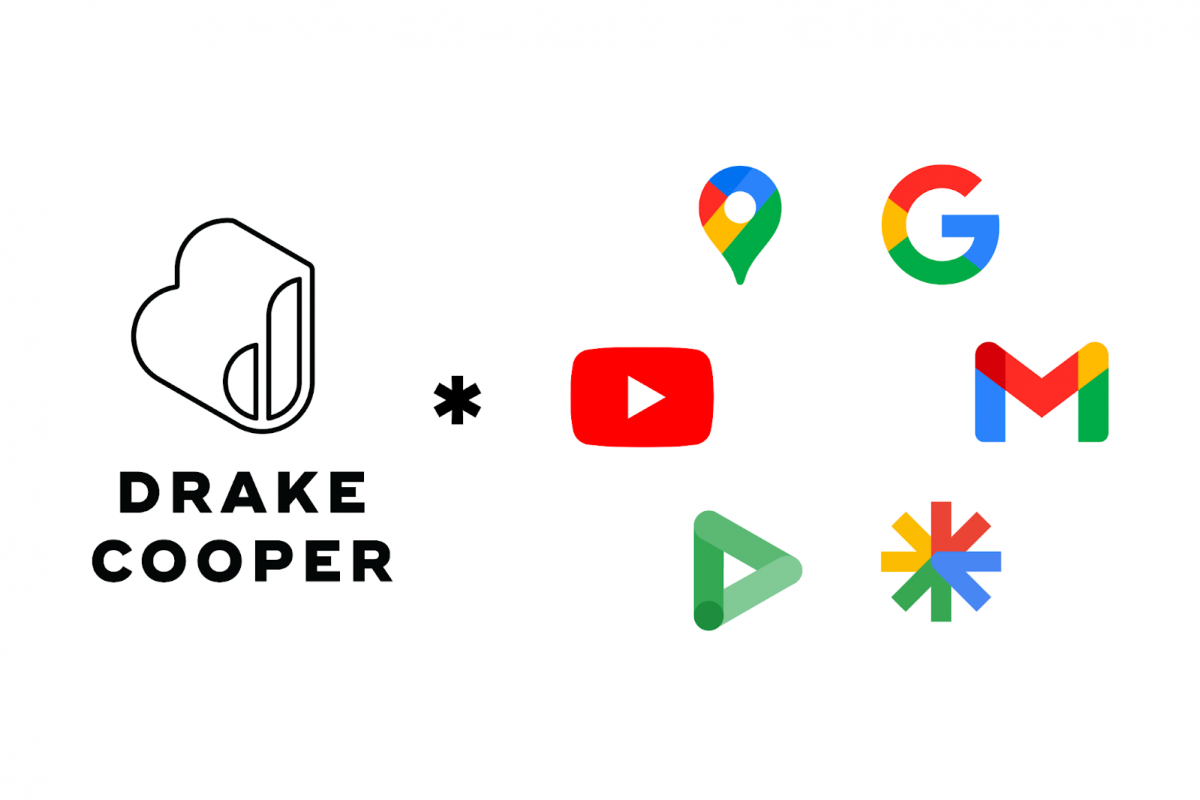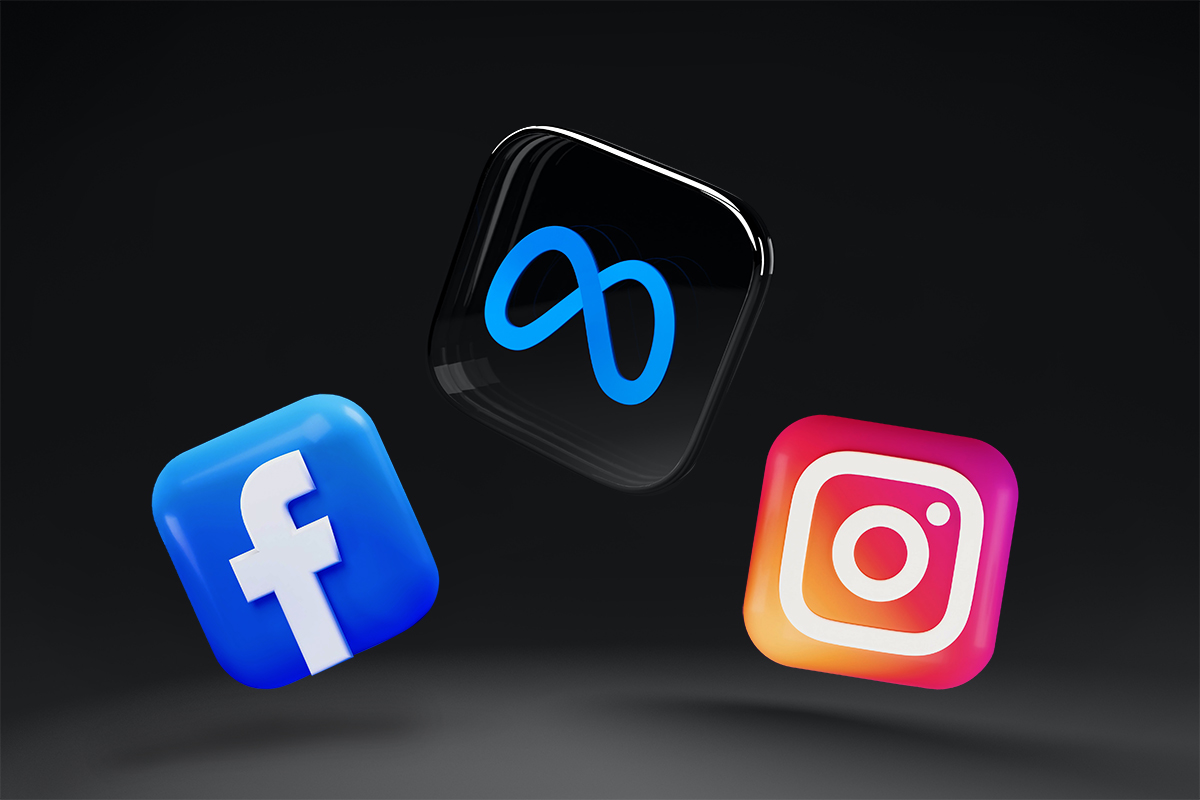A Drake Cooper POV
Why are we here?
No matter how confident our team of buyers, planners, and creatives at just about any ad agency can be about the ideal consumer journey, where and when our users will convert, and what copy will tip them to take action, there is one thing we know for sure – behavior can be unpredictable at times. There are simply so many channels, placements, and devices that make it difficult to always know how to reach the user.
Enter Google’s Performance Max Campaigns, designed to (yet again) lean even further into Google’s automation abilities. This campaign type is intended to deliver a group of similar assets across every single Google channel in one campaign. Unlike previous versions of Google attempting to monetize more of their channels (ex: Gmail, Discover), advertisers have been surprised by the overall effectiveness of this campaign type – so let’s dive in, could this new campaign type be right for you?
How does it work?
To launch a Performance Max Campaign, advertisers are required to provide an objective, such as maximum conversion volume below a set target CPA (cost-per-action), a sizeable offering of creative – including three different image sizes, two logos, a 10+ second Youtube Video ad, and a smattering of search headlines and descriptions.
In addition to goals and creative, we need to give Google all the other natural requirements – geotargeting, audience signals, a budget, and any owned feeds from your business (though this is optional, including Google My Business, Google Merchant Center, Dynamic Ads Feed, and Business Data Feeds).
Google then touts its algorithm’s ability to auto-generate ads across all of its channels. In case you were wondering all the channels Google owns and sells advertising on, there’s a few (see below). Warning: Google notes you do not have to submit your own video for Performance Max Campaigns, but that they will then take your other provided assets and create a 10-second Youtube spot out of them. If you’re going to launch Performance Max, please create your own video. The algorithm may be good at finding qualified users to take action, but it leaves much to be desired on the basis of creative production.

How does it perform?
We have a few basic notes on this subject. Greg Shickle over at WARC notes that a “News agency client used PMAX to deliver a 20% improvement in registrations at a 31% reduction in cost per acquisition (CPA) compared to pay-per-click (PPC) approaches.”² Now, this seems to be an impressive result,but we are not entirely sure of what structure, channels, and platforms are being included in their “PPC approaches” they compared to Performance Max in this case.
In our case, setting up Performance Max effectively and correctly has yielded some impressive results. In the first 30-days of running Performance Max for one of our local home builder clients, we’ve seen PMAX campaigns deliver nearly 20% of our total conversion volume off of just 10% of our total Google Ads budget. PMAX has also boasted our most efficient cost/conversion metrics of our ad account, and our second-highest conversion rates. These results, in and of themselves, are plenty for us to be encouraged to go ahead and leave some room in just about all our brands’ Google Ads budgets for Performance Max.
A few caveats
Many Google Representatives have touted Performance Max as the new “performance-driver” for Advertiser’s accounts. We would be incredibly cautious with this sort of recommendation. We fully believe that Performance Max is a great “catch-all” for the algorithm to pick up on converters who may not be already influenced by a well-structured ad account, but is no such replacement for it. As well, Performance Max is incredibly light on reporting, so for brands seeking to up their information game, the only key benefit may be Performance Max’s ability to expose unexpected audiences and customer segments. Just about the only reporting we currently have access to from Google is some “search categories,” or groupings of search terms that lead to converting users. In our experience, this has been very brand-heavy, and sometimes there appears to be categories completely unrelated to our brands. However, there are rumors of being able to implement negative keywords into PMAX campaigns in the near future, so we are hopeful about our abilities to reduce brand-activity cannibalization and unrelated, poorly-performing search topics.
TL;DR
- PMAX is Google’s newest and coolest (and, in our opinion, most effective) use of auto-generated ads and complete automation in PPC.
- Full-service ad agencies can be an incredible asset to brands seeking to use these campaign types, from goal-setting, to creative production, to ongoing optimization and reporting, we’ve seen that integrated efforts have allowed us to maximize the benefit we receive from Performance Max.
- No matter how effective Google claims its algorithm to be right now, we are still at a point in time where the use of SEMs and humans is necessary, and we’re hopeful Google offers some more advertiser control over PMAX in the coming months.
- A well-structured ad account can benefit greatly from PMAX, operating as the “catch-all” for motivated users we may have missed in our other, more manual, targeting strategies.
¹https://www.wordstream.com/blog/ws/2022/04/20/performance-max-pros-cons
²https://www.warc.com/SubscriberContent/article/WARC-Exclusive/Pushing_advertising_to_the_PMAX_How_to_best_leverage_Google_Performance_Max/en-GB/147130?
Meta’s Future for Mid-Market Advertisers
Has Meta become a four-letter word in anyone else’s vocabulary? With constant updates, news-worthy headlines, and countless privacy concerns, when…

Our Creative Advertising Services
-
Corporate Positioning, Brand Evolution & Strategy
Mission/Vision Development, Strategic Counsel For Marketing/Branding Challenges
-
Market Research
Quantitative, Qualitative, Ethnography, Consumer and/or Internal Stakeholder Insights
-
Creative Campaigns
Brand Campaigns, Product Launches, Full Funnel Marketing Efforts
-
Brand Design
Brand Guides, Style Guides, Branding Elements, Logos
-
Web Development and Digital Applications
Open-Source Platforms, Enterprise WordPress, eCommerce, AR, Emerging Technology
-
Media Strategy, Planning & Buying
Media Planning, Media Plan Development, Media Buying, MMM, Online and Offline
-
MarTech
AI, Responsible Consumer Data Management, AdOps, Marketing Software
-
Analytics
Dashboards, Insights, Business Metrics Evaluation, ROI Reporting, Data Warehousing
-
Content Creation
Videography, Photography, Short-Form Video, Organic Social Content
-
Findability™
SEM, SEO, GEO (AI Generative Experience Optimization), Voice Search